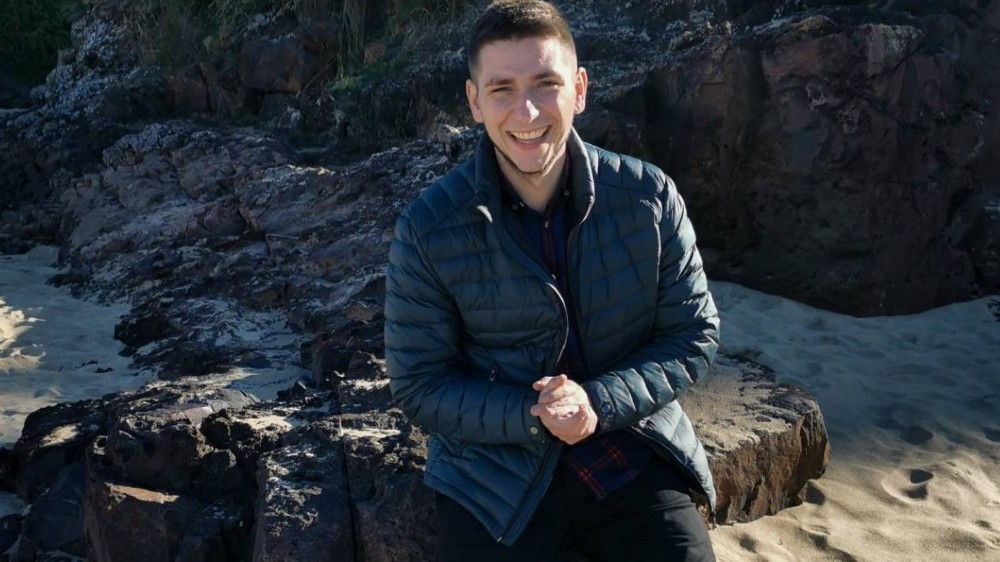September 21, 2020
CMRP PhD Student awarded highly competitive AINSE scholarship
First-year PhD Student, Klaudiusz Jakubowski (Centre for Medical Radiation Physics) was awarded a highly competitive Australian Institute of Nuclear Science and Engineering (AINSE) Residential Student Scholarship (RSS) to undertake the project titled “Development of a Validated Monte Carlo Model of the ACNS Dingo Beamline for Radiobiological Applications ”.
The Supervisors are Dr Thuy Linh Tran, Dr Susanna Guatelli, Distinguished Professor Anatoly Rozenfeld and ANSTO Supervisor Dr Mitra Safavi-Naeini. PhD Students from the following research sectors: The Environment; Human Health; Nuclear Fuel Cycle, Defence and Space Industries and Fusion could participate in the competition. However, it was limited to candidates holding the Australian Postgraduate Award (APA)/Research Training Program (RTP) or an equivalent award. The primary condition of the AINSE RSS award is to spend, on average, six months per year working on a project at a relevant ANSTO facility.
The Monte Carlo Beamline Model that Klaudiusz will be working on will extend from the reactor pinhole, through the beamline and hutch to the specific instrumentation for radiation spectra characterisation. Besides already existing measurement aperture, appropriate state-of-the-art detector candidates will be selected and developed for the beam characterisation and microdosimetry. The latter will be particularly useful in the verification if the direct and indirect effect of the neutron beam on biological media can be accurately predicted using Geant4 simulation toolkit.
The developed model will be experimentally validated and further used to characterise the neutron and gamma spectra of the beamline, and to design filters to minimise the gamma component and select specific neutron energy bands.
The final outcome will be an extremely valuable asset for Australian Centre for Neutron Scattering (ACNS) users and used to evaluate planned experiments prior to commencement, estimate potential activation or damage to samples and instrumentation, estimate measurement uncertainties and statistical errors or to quantify the direct and indirect damage to biological medium.
Monte Carlo Beamline Model will provide scientists with detailed information about phenomena occurring during the irradiation, otherwise being not directly visible or even detectable. Currently, the ACNS Dingo Beamline is used mainly for neutron imaging. The proposed project will open-up a possibility for a completely new implementation of the beamline – radiobiological application in Neutron Capture Therapies, such as the Neutron Capture Enhanced Particle Therapy (NCEPT) project in collaboration with the National Institute of Radiological Sciences (NIRS), Japan and Klaudiusz’s main area of research – Boron Neutron Capture Therapy (BNCT) in collaboration with the University of Tsukuba, Japan.
“I would like to genuinely express my gratitude to the Supervisory Team without whom this achievement would not be possible. I am delighted with the result of the competition, and I am truly looking forward to commencing this exciting project. I am very lucky to be part of such a great and successful CMRP Team!” – Klaudiusz Jakubowski.
The project will be a continuation of a very strong collaboration between ANSTO and CMRP, which is well-known for its broad expertise in detector design and Monte Carlo simulation and modelling.
